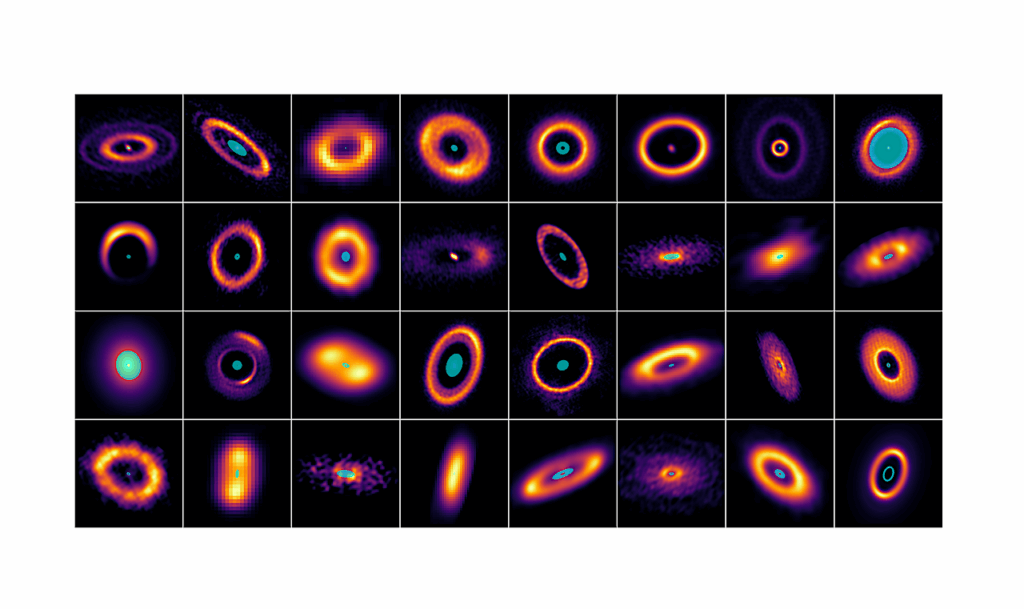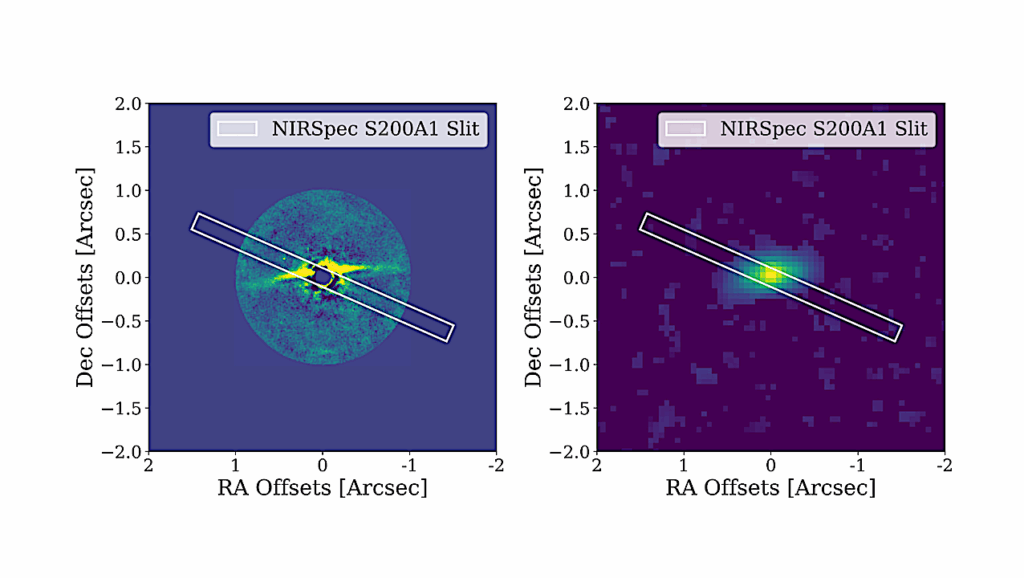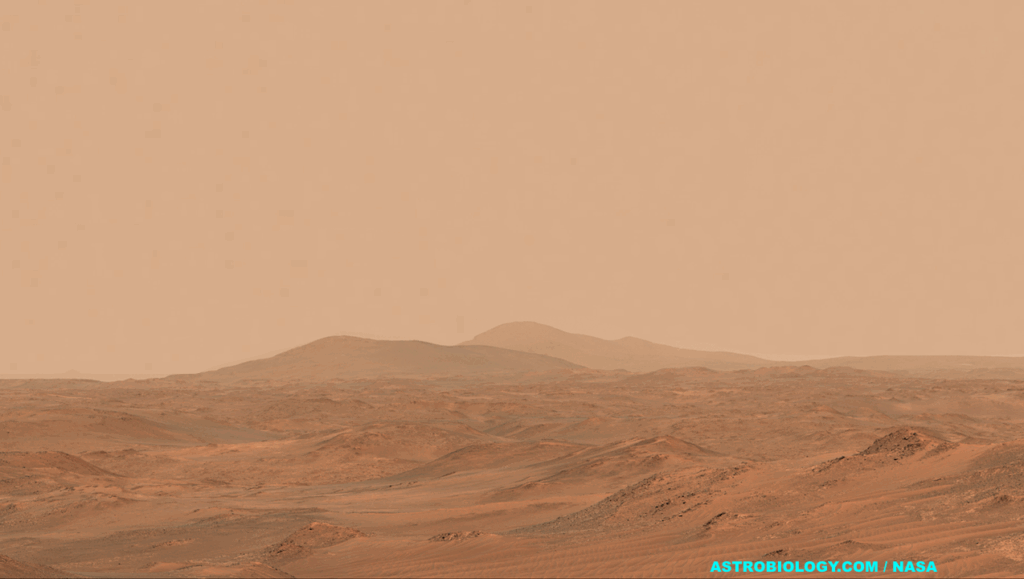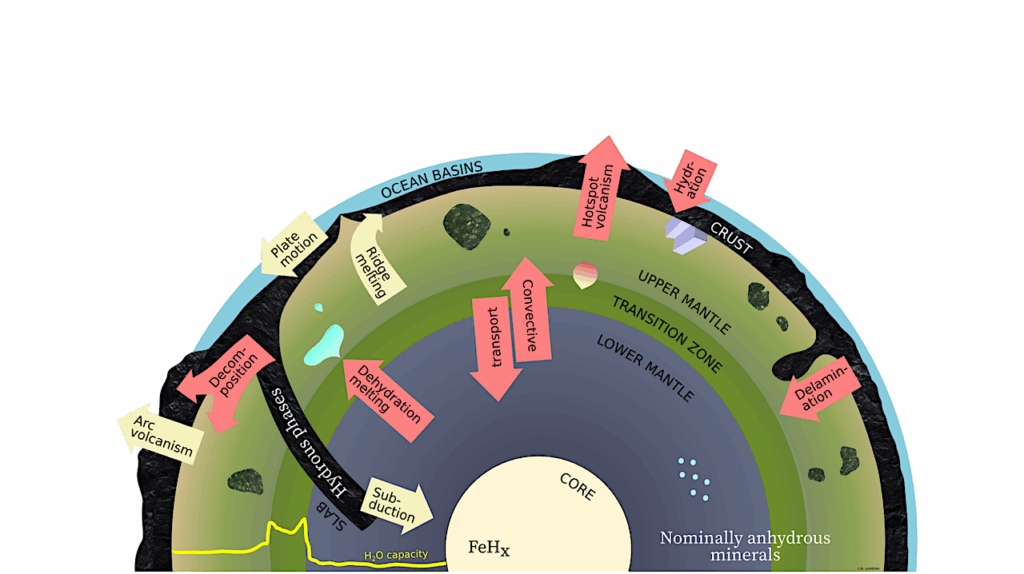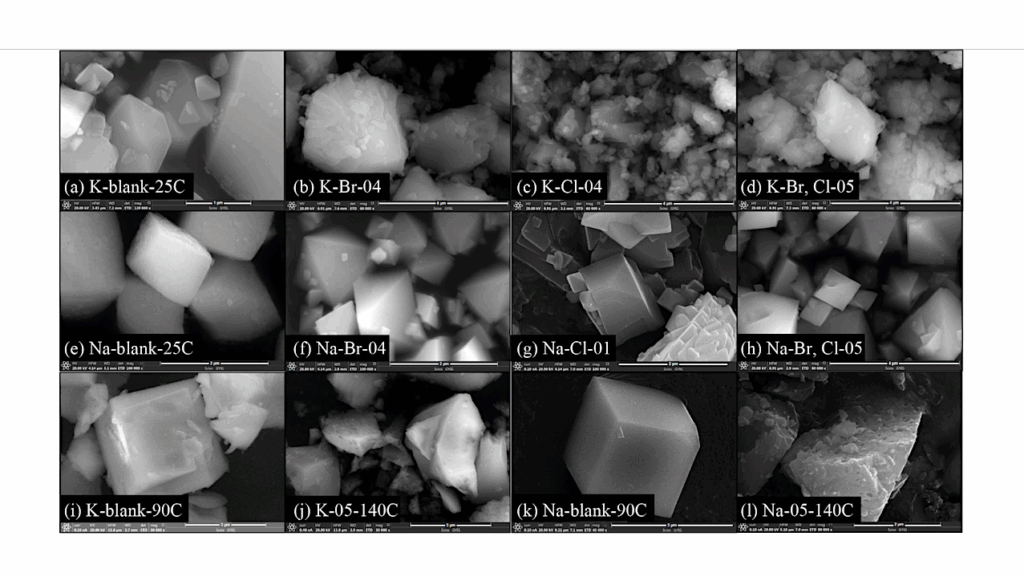Uranus Study Report: Keck Institute for Space Studies (KISS) Workshop
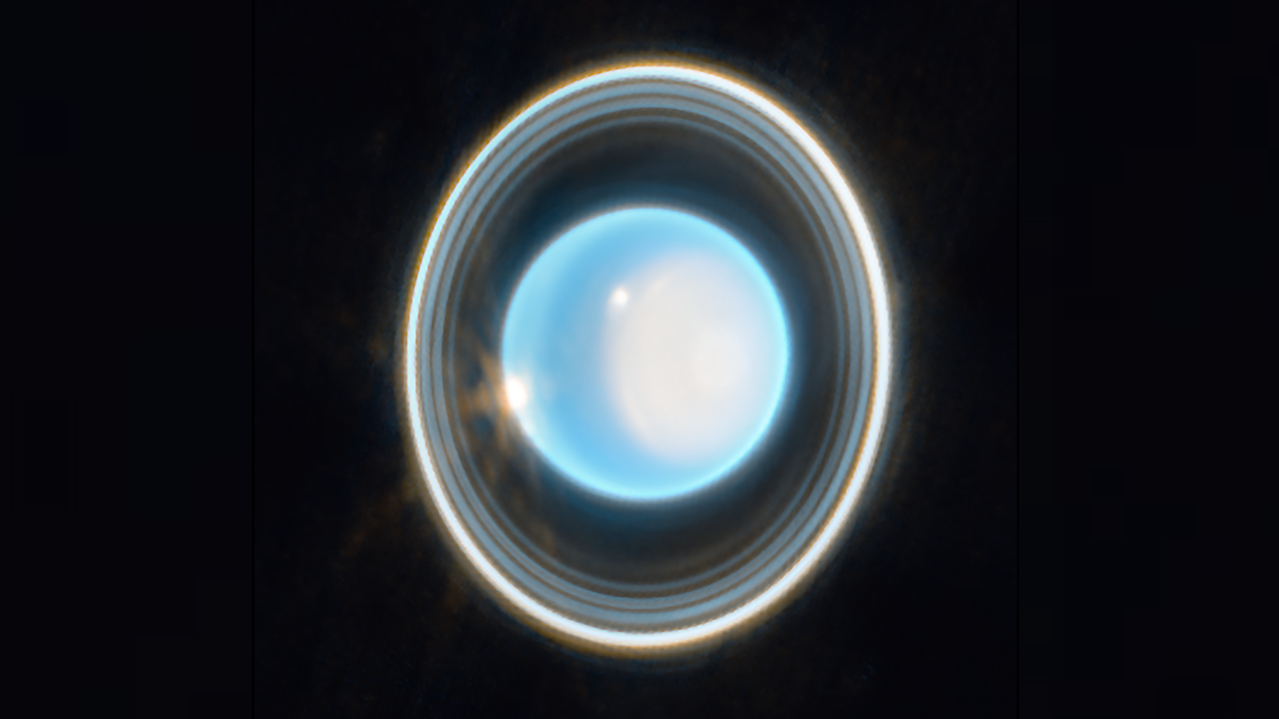
Determining the internal structure of Uranus is a key objective for planetary science. Knowledge of Uranus’s bulk composition and the distribution of elements is crucial to understanding its origin and evolutionary path.
In addition, Uranus represents a poorly understood class of intermediate-mass planets (intermediate in size between the relatively well studied terrestrial and gas giant planets), which appear to be very common in the Galaxy.
As a result, a better characterization of Uranus will also help us to better understand exoplanets in this mass and size regime. Recognizing the importance of Uranus, a Keck Institute for Space Studies (KISS) workshop was held in September 2023 to investigate how we can improve our knowledge of Uranus’s internal structure in the context of a future Uranus mission that includes an orbiter and a probe. The scientific goals and objectives of the recently released Planetary Science and Astrobiology Decadal Survey were taken as our starting point.

Sketches of the two end-members of possible bulk compositions of Uranus: a water-dominated
interior (left) and a rock-dominated interior (right).– astro-ph.IM
We reviewed our current knowledge of Uranus’s interior and identified measurement and other mission requirements for a future Uranus spacecraft, providing more detail than was possible in the Decadal Survey’s mission study and including new insights into the measurements to be made. We also identified important knowledge gaps to be closed with Earth-based efforts in the near term that will help guide the design of the mission and interpret the data returned.

A sketch of Uranus’s internal structure and a zoom-in on the vertical structure of its atmosphere. In a planet like Uranus, there is no obvious boundary between the atmosphere and the deeper interior. The internal structure of Uranus remains unknown and although the atmosphere corresponds to a tiny fraction of the planet it is important for Uranus’s characterization as we discuss in this report. The zoom-in on Uranus’s atmosphere presents the atmospheric temperature and pressure profiles as well as the expected cloud layers. — astro-ph.IM

Mark Hofstadter, Ravit Helled, David J. Stevenson, Bethany Ehlmann, Mandy Bethkenhagen, Hao Cao, Junjie Dong, Maryame El Moutamid, Anton Ermakov, Jim Fuller, Tristan Guillot, Benjamin Idini, Andre Izidoro, Yohai Kaspi, Tanja Kovacevic, Valéry Lainey, Steve Levin, Jonathan Lunine, Christopher Mankovich, Stephen Markham, Marius Millot, Olivier Mousis, Simon Müller, Nadine Nettelmann, Francis Nimmo, Marzia Parisi, Krista Soderland, Lars Stixrude, Nick Teanby, Allona Vazan
Comments: Study Report prepared for the W. M. Keck Institute for Space Studies (KISS). Study title: Determining the Interior Structure of Uranus: A Case Study for Leveraging Cross-Discipline Science to Answer Tough Questions. Study dates: September 11-15, 2023. Team Leads: Mark Hofstadter, Ravit Helled, and David Stevenson
Subjects: Instrumentation and Methods for Astrophysics (astro-ph.IM); Earth and Planetary Astrophysics (astro-ph.EP)
Cite as: arXiv:2412.01872 [astro-ph.IM] (or arXiv:2412.01872v1 [astro-ph.IM] for this version)
https://doi.org/10.48550/arXiv.2412.01872
Focus to learn more
Related DOI:
https://doi.org/10.7907/1k6kh-fjs61
Focus to learn more
Submission history
From: Ravit Helled
[v1] Mon, 2 Dec 2024 15:47:36 UTC (38,552 KB)
https://arxiv.org/abs/2412.01872
Astrobiology


